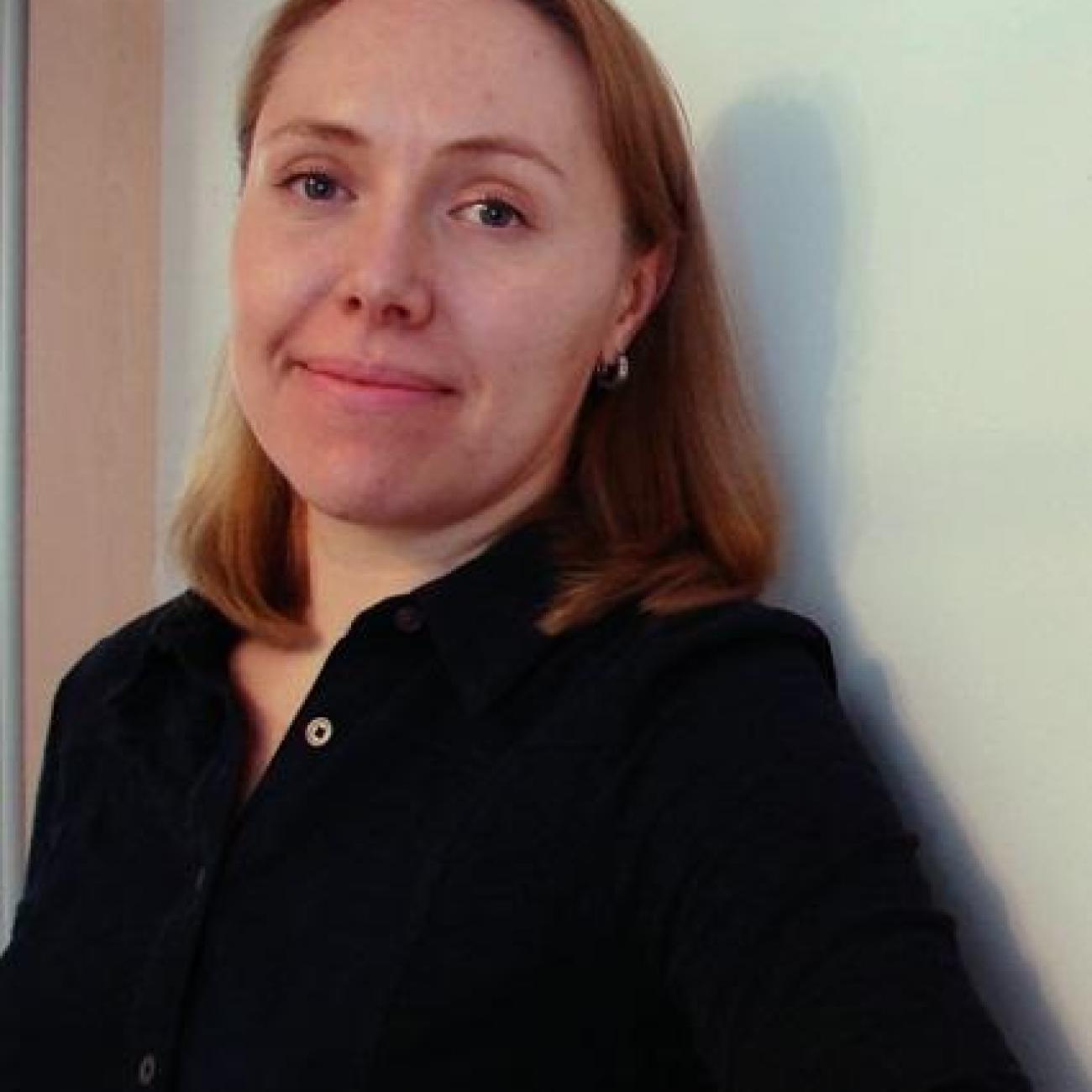About
Ekaterina Komendantskaya is a Professor in Computer Science at Southampton University and at Heriot-Watt University. She is an expert in methods linking AI and Machine Learning on the one hand, and Logic and Programming Languages, on the other hand. She leads the Lab for AI and Verification (www.laiv.uk). She has received more than £19.5M of funding from EPSRC/UKRI, NCSC, SICSA (including CDT grants). Currently she is leading a £3M EPSRC project "AISEC: AI Secure and Explainable by Construction (AISEC)" and is preparing to start a training program in the new CDT "DAIR: Dependable and Deployable AI for Robotics" in Edinburgh. She also is leading two industrial projects:
- UKRI-funded ICASE PhD Scholarship with SLB Cambridge, entitled Reasoning about Complex Systems that use Statistical Machine Learning and AI. Industrial lead: Michael John Williams, academic lead: Ekaterina Komendantskaya, PhD student: Ben Coke.
and
- Imandra-funded PhD Scholarship at the Edinburgh Center for Robotics: Verification of Neural Networks in Imandra. Industrial lead: Grant Passmore, academic lead: Ekaterina Komendantskaya, PhD student: Remi Desmartin.
You can update this in Pure (opens in a new tab). Select ‘Edit profile’. Under the heading and then ‘Curriculum and research description’, select ‘Add profile information’. In the dropdown menu, select - ‘About’.
Write about yourself in the third person. Aim for 100 to 150 words covering the main points about who you are and what you currently do. Clear, simple language is best. You can include specialist or technical terms.
You’ll be able to add details about your research, publications, career and academic history to other sections of your staff profile.
